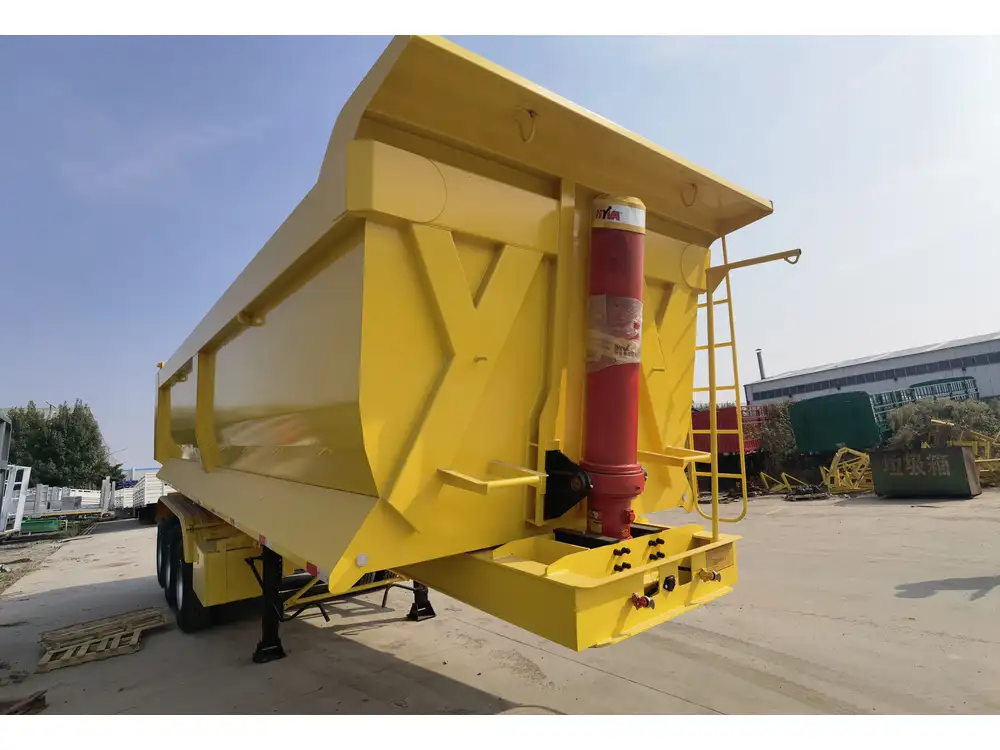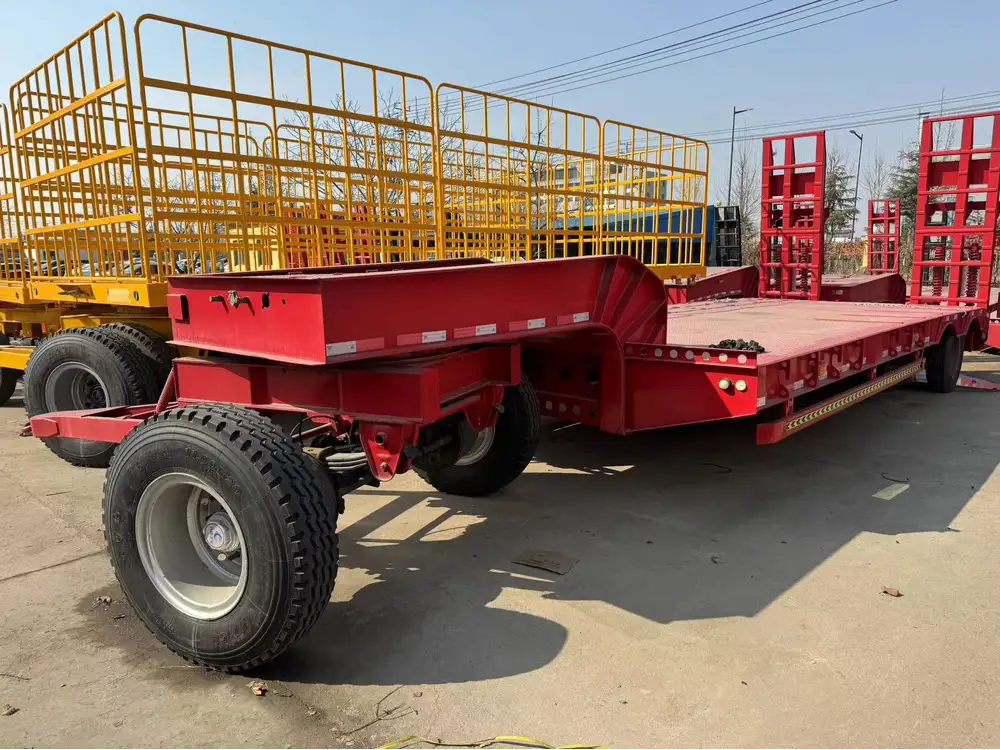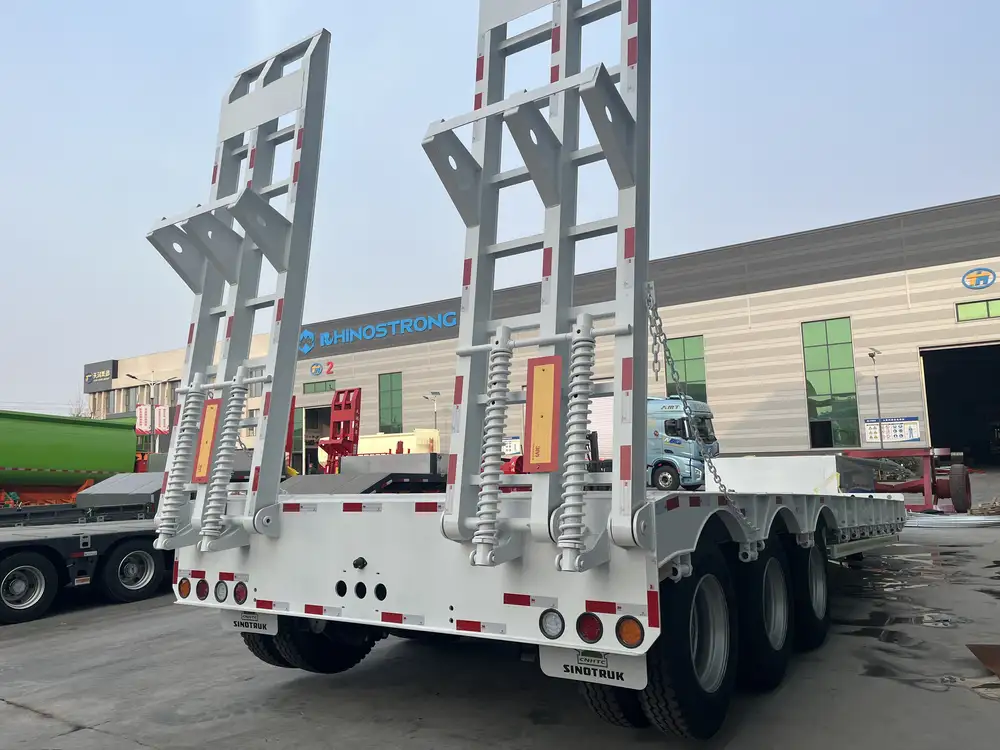When it comes to managing a fleet or a single semi-trailer, understanding the nuances of vehicle registration is paramount. This guide will navigate you through the vital steps required to ensure your semi-trailer registration is renewed seamlessly. The process may seem daunting, but with organized information and structured guidance, you can simplify it significantly.
Understanding Semi-Trailer Registration: An Overview
What is Semi-Trailer Registration?
Semi-trailer registration is a legal mandate requiring you to register your semi-trailer with state or local authorities. This registration not only establishes ownership but also ensures compliance with state regulations regarding vehicle safety, environmental standards, and on-road legality.

Why is Registration Important?
The importance of timely registration renewal cannot be overstated. Here are the key points to consider:
| Reason | Explanation |
|---|---|
| Legal Compliance | Operating an unregistered vehicle can lead to fines and penalties. |
| Insurance Coverage | Most insurance companies require proof of registration for coverage. |
| Resale Value | A fully registered vehicle retains greater value over time. |
| Road Safety | Regular inspections related to registration help maintain road safety. |
Step-by-Step Process for Renewing Your Semi-Trailer Registration
Step 1: Gather Required Documentation
To initiate your registration renewal, you must compile specific documents. The requirements may vary by state, but generally, the following are essential:
- Current Title: Proof of ownership of the semi-trailer.
- Previous Registration: Copy of the previous registration to verify renewal.
- Proof of Insurance: Valid insurance certificate confirming coverage.
- Identification: Driver’s license or personal ID of the registered owner.
- Weight Certificate: For heavy-duty trailers, a weight certificate from an authorized body may be required.

Step 2: Determine Your State’s Renewal Process
Each state has unique procedures for renewing semi-trailer registrations. It is crucial to check with your state’s Department of Motor Vehicles (DMV) or equivalent authority. Typically, you can renew your registration via one of the following methods:
- Online Renewal: Many states offer user-friendly online portals. Visit your state’s DMV website, locate the semi-trailer registration section, and follow the prompts.
- In-Person Renewal: For those who prefer face-to-face interactions, visiting a local DMV office is an option. Ensure you bring all required documents.
- Mail-In Renewal: Some states allow you to renew by mail. Complete the renewal form and send it along with the necessary documentation and payment.
Step 3: Payment of Fees
The registration renewal process involves fees that may vary significantly from state to state. Here’s how to approach this step:
- Check Fee Structure: Before making a payment, verify the applicable renewal fee. This can usually be found on your state’s DMV website.
- Payment Methods: States offer various methods for payment:
- Credit/Debit Card: Commonly accepted for online renewals.
- Check/Money Order: Often required for mail-in renewals.
- Cash: Accepted in person at DMV offices.
- Confirmation: After payment, ensure you receive a confirmation receipt, which serves as proof of transaction.
Step 4: Obtain the Registration Sticker
Once your registration is renewed, you will typically receive either a registration card or a sticker that should be affixed to your semi-trailer. The placement of this sticker is crucial for visibility and compliance with state laws.

Common Issues and Solutions in Semi-Trailer Registration Renewal
Problem: Missing Documentation
Solutions:
- Organize Early: Before the renewal period, list down all required documents and collect them well in advance.
- Check with the DMV: Always refer to your state’s guidelines for any changes in required documentation.
Problem: Online System Crashes
Solutions:
- Have Alternative Methods: If online systems are down, consider in-person renewal or prepare for mail-in options.
- Customer Support: Contact your state’s DMV support for direct assistance.

Problem: Late Renewal Penalties
Solutions:
- Set Alerts: Use calendar reminders to track your registration expiration date.
- Early Renewal: Many states allow renewals weeks in advance; take advantage of this to avoid last-minute issues.
FAQs: What You Need to Know
How often do I need to renew my semi-trailer registration?
Typically, semi-trailer registrations need to be renewed annually or biennially, depending on state laws.

What happens if I miss the renewal deadline?
Missing a renewal deadline can lead to financial penalties and potential legal issues. It is advisable to renew as soon as possible to avoid complications.
Can I transfer my registration to a new owner?
Yes, most states allow registration transfers. However, the new owner must go through the registration process and submit the required documentation.
Is there a difference in regulations for heavier semi-trailers?
Yes, heavier semi-trailers often have additional regulations, including weight permits and special inspections. Make sure to check specific state regulations for heavy-duty trailers.

Conclusion: Ensuring a Smooth Renewal Experience
Following the outlined steps will help demystify the semi-trailer registration renewal process. Timely renewal not only guarantees legal compliance but also secures your rights as a vehicle owner, ensuring your fleet operates smoothly on the roads.
By staying vigilant to document requirements, deadlines, and the nuances of state regulations, you mitigate risks associated with delayed renewals or non-compliance. Make it a practice to start early, consult state resources, and have a contingency plan in place.
The intricacies of semi-trailer registration may seem overwhelming, but with methodical organization and timely action, you can navigate the process with confidence. Maintaining proper registration contributes significantly to the overall success of your transportation operations, allowing you to focus on what truly drives your business forward.



